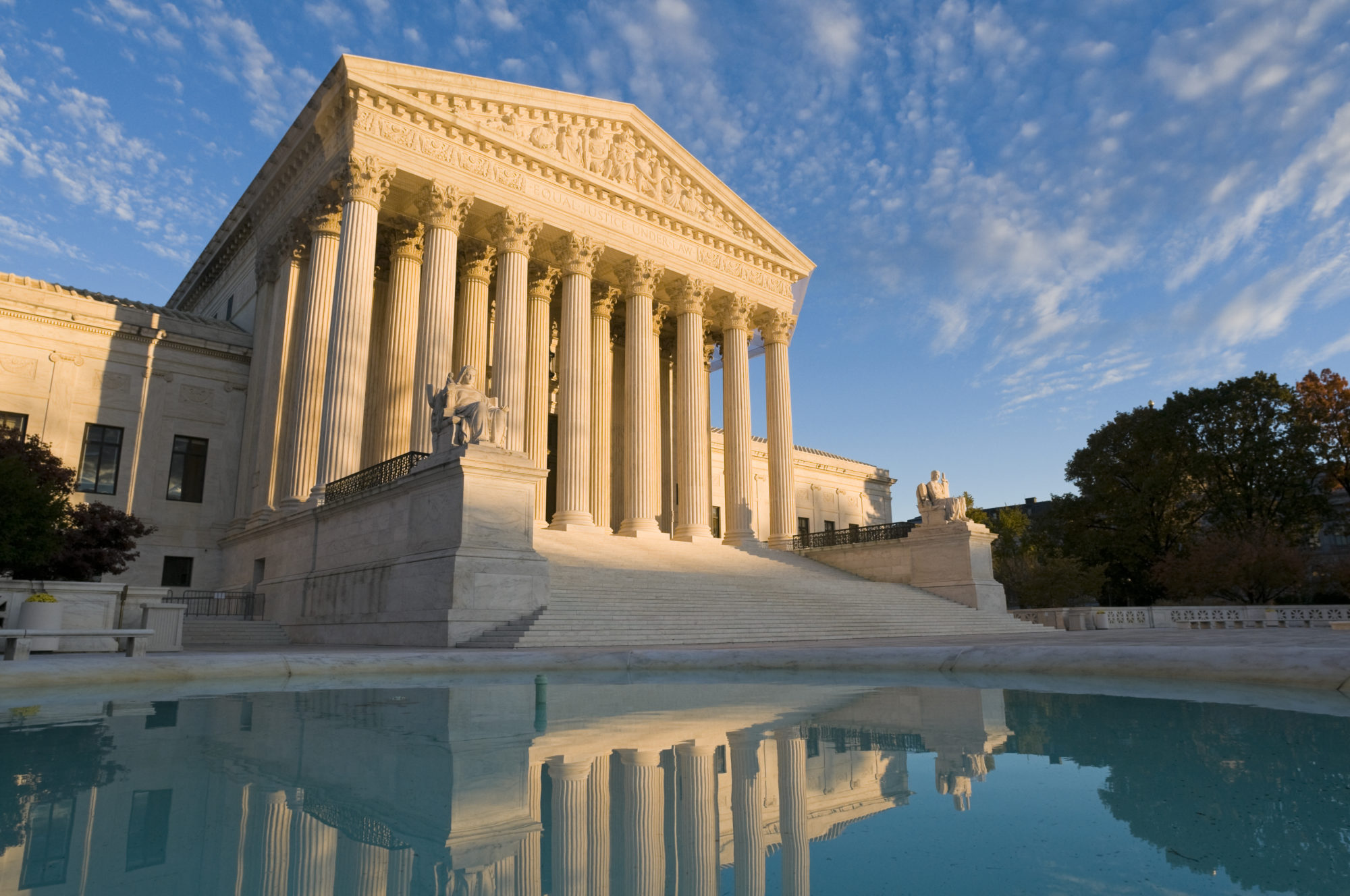In a just published article in the Boston College Law Review, Kyle Rozema and I show that interruptions between two justices at oral argument are significantly associated with voting disagreement between pair in the eventual case outcome. We show that on average, a given judicial pair is 7% less likely to vote together in a case where an interruption occurs between them at oral argument. This adds to the mounting evidence that interruptions constitute good predictors of voting outcomes in cases.
Not all justices are alike, but the pattern is clear
Kyle and I show that interruptions at oral argument, as in the many other areas where interruptions have been studied, capture a form of conflict between the justices. Whether interruptions cause ill will or reflect existing conflict, either way they provide a glimpse into otherwise hidden forms of disagreement between members of the Court. Of course, scholars have long recognized regular dividing lines among the justices, most notably ideological divisions, but those factors apply across all cases—we are able to show that interruptions in a given argument reflect an increased probability of disagreement in the case at hand, even accounting for more general ideological division.
The correlation between interruption and disagreement is not the same for all justices. In general a justice is more likely to disagree with someone who has interrupted them or whom they interrupted, but there is variation. The figure below shows the extent to which each justice is more likely to vote contrary to someone with whom they were involved in interruption in a given case. Points to the left of the zero line in the center indicate a greater tendency to agree, points to the right of the zero line indicate a greater tendency to disagree. All but four justices serving on the Court between 1960 and 2015 lie to the right of the zero line, being more likely to disagree with someone with whom they interrupt or are interrupted by.

Interruptions as conflict, and other theories
We show that a substantially and significantly significant relationship exists between justice to justice interruptions and ultimate disagreement between those justices in the case at hand: a greater probability of voting disagreement between justices of 7% based on one interruption is a very large effect. The question, then, is what is the mechanism of that disagreement?
We explore several explanations for why justices who interrupt each other in a case are less likely to vote together. Our hypothesis is a “conflict” theory: interruptions constitute a type of observable conflict that is systematically associated with disagreement. The conflict theory is consistent with psychology research, which defines interruptions as “deviations from the turn-taking rule that specifies that only one party should talk at the time.”
But we also explore other theories. A second “exposure” theory would suggest that justices who speak more in a case might be more exposed to interrupting or being interrupted simply by virtue of taking up more airtime. A third “dissatisfaction” theory is that a justice is interrupting because he or she is at odds with the rest of the Court about the direction of the oral argument and the anticipated outcome of the case. For example, this may occur if the case is very salient to the individual justice but not necessarily salient to the rest of the Court. A fourth “difficult case” theory would suggest that interruptions are simply reflections of something about the case generally that is common to all justices, and cases with more disagreement are more prone to interruptions. In difficult cases, an interruption may not be specific to either of the justices involved in the interruption but is simply a response to the nature of the case itself
We find that the conflict explanation accounts for over half of the effect: the probability of two justices agreeing when one has interrupted the other in a case is reduced by over 4%, even after we have accounted for the other explanations. Exposure is the next most significant factor: a 10% increase in the time a pair of justices spend speaking decreases the likelihood of their agreement by 5.3%. We find no evidence for the dissatisfaction theory. We also find evidence for the difficult case theory: agreement between the justice-pairs is 1.3% lower when there is this kind of interruption. The effect of exposure and difficult cases, however, is less than the effect of conflict.




You must be logged in to post a comment.